Vineyard: description, types, planting and care
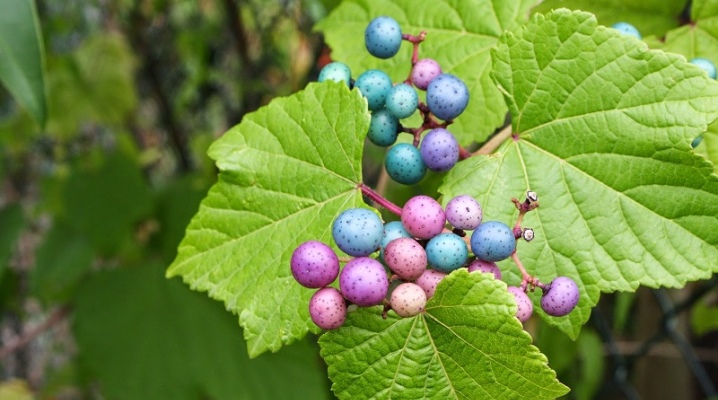
The vineyard is often used for vertical gardening on the site, that is, for decorating walls, gazebos or special supports. Gardeners are usually attracted by the relative unpretentiousness of this vine, the absence of the need for pruning, its beautiful leaf blades and decorative glossy berries of beautiful shades.

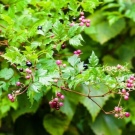
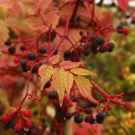
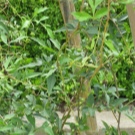
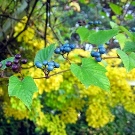
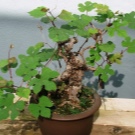
Description
The vineyard, whose second name sounds like ampelopsis, is a woody deciduous vine that belongs to the grape family. Although this genus unites about 20 species, on the territory of the Russian Federation it is customary to grow only two of them: the aconitol vineyard and the short-stemmed vineyard, also known as the Ussuri... The first type is usually planted in Moscow, the Moscow region and the southern regions. The second requires more heat, so it feels better in the Lipetsk or Bryansk regions, but reacts poorly to dry air and high temperatures.
Plants, as a rule, have a fibrous rhizome and bark with tubercles. Antennae are either devoid of suckers or are absent altogether. The leaf plates have a leathery surface and long petioles. Small green flowers are combined into false umbrellas. Grape fruits are unfit for consumption, contain from 2 to 4 seeds. The shade of the berries varies from green to orange and purple, so it is they, in contrast to the buds, that are responsible for the decorative effect of the culture. Smooth seeds are oval in shape. Thin shoots are colored purple.

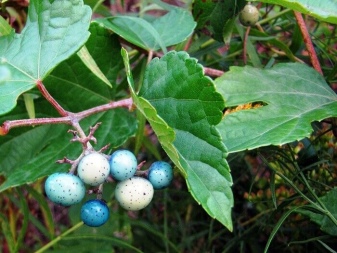
Varieties
Aconitol vineyard stretches up to almost 3 meters. The leaf plates of a beautiful green hue are located on long petioles. The growing fruits first turn orange, and when ripe, change it to blue. The variety, whose homeland is called northern China, tolerates low temperatures well during the winter months. The heart-shaped vine differs from the previous type in the shape of the leaf blades, just like hearts. A powerful liana is covered with green-blue fruits.
The short-stemmed vine has a height of 6 to 7 meters. Liana is covered with shiny, dark green leaves, although some of the varieties have beautiful plates with creamy pink spots.
Fruits over time change their color from green to dark purple, and when ripe, they become completely turquoise.

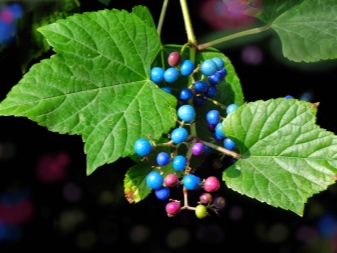
I must say that this species is today called the ferruginous grape, and in Russia it is often sold under the name Ussuri ampelopsis. One of the most popular varieties of the short-stemmed pitchfork is the Elegance variety. It has not very good frost resistance, and therefore requires additional shelter in the winter season. It is also grown as an apartment plant.
The variegated grape is covered with leaf blades of various shapes. The length of the vine can be about 9 meters. The fruits are colored in a light blue tone. The Japanese vineyard can even be called a ground cover. It is characterized by the presence of glossy leaves, and ripe blue and purple berries are covered with a black dot. Another famous species is the grape-leaved grape.
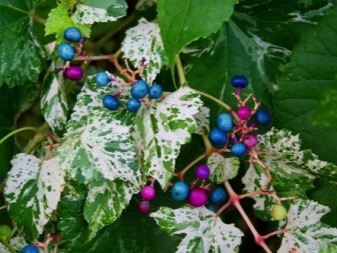
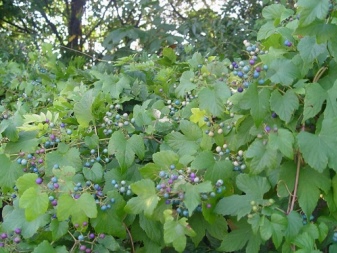
How to plant?
Ampelopsis needs good and abundant lighting.If it is grown in an apartment, then the window sill should be chosen, looking to the east or west. On the site, the liana should be planted in bright areas, but with diffused lighting. It is important to remember and that in the summer months, the vineyard does not tolerate the midday sun, and therefore it is better to darken it. Culture doesn't really like artificial lighting. In principle, the vine is capable of developing in partial shade, but in this case, you should be prepared to change the shade of the leaf plates.
It is better to make up a soil mixture for a culture from garden and greenhouse soil, taken in equal parts, sand, manure and composted algae. A transplant should be carried out every 2-3 years, regardless of whether the vineyard is grown in an apartment or outdoors.
With proper protection, the crop can survive low winter temperatures.
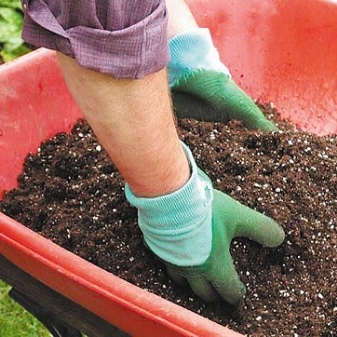
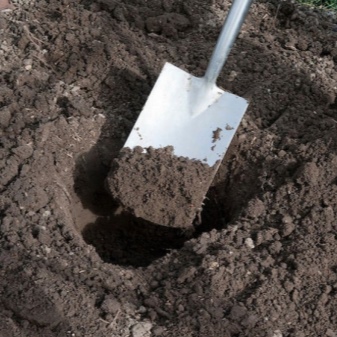
How to take care of it properly?
Caring for a crop may seem daunting for a novice gardener, but for an experienced professional it will not cause any difficulties. Separately, it should be mentioned that the vine is grown not only in the open field, but also in apartment conditions. In principle, the nursing process in this case is not too different, but some specificity is still there. For example, a house plant should live in containers and pots, the height of which is greater than the diameter. The capacity should not be too wide, since a powerful and deep-lying rhizome does not develop well in such conditions.
Young home vines need to be transplanted every year, and for grown-ups, a procedure carried out every 3 years will be enough. This is done in early spring with the first signs of growth. The transplant should be carried out by the transshipment method, that is, with the preservation of the earthen coma. The bottom of the pot must be covered with a drainage layer.
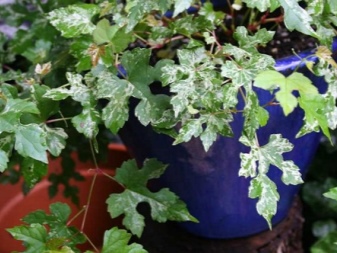

Watering
While ampelopsis is developing, it should be watered frequently and fairly abundantly. But, the culture is equally bad for both the lack of moisture and its excess, so it is better to adhere to the "golden mean" and maintain a stable regime. Drought contributes to the fact that the shrub begins to shed foliage, and stagnant moisture leads to decay of the roots. Practically from March to November, the culture should be watered abundantly and immediately after the first centimeter of soil dries out.
Spraying shrubs during this season is also not prohibited.

Top dressing
In order for the culture to develop actively, it needs to be fed regularly. Fertilizers are usually applied every couple of weeks. Ready-made mineral complexes are best suited for the vineyard. Fertilization can last from April almost to October.
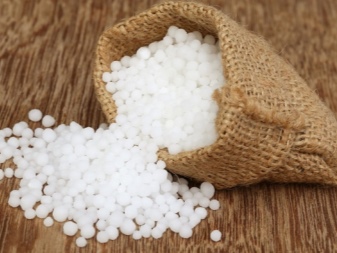
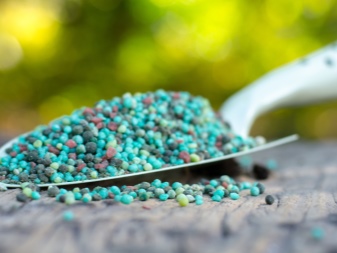
Pruning
Ampelopsis tolerates pruning well, which, in turn, not only refines the appearance of the vine, but also contributes to a thicker and more lush flowering. If the shoots are greatly shortened, then the vine will begin to grow better and even branch. In addition, timely formation allows you to change the size of the crop in the required direction and change it almost to a potted state. Requires a vine and a garter on supports, since the absence of antennae leads to the fact that the plant is not able to "crawl" up on its own. Curly bases, trellises, cascades, and even ordinary stairs are suitable for this.

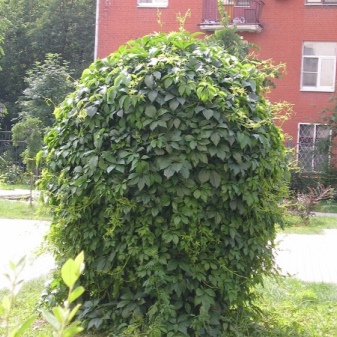
Reproduction methods
It is quite easy to propagate a vineyard. Most often, for this purpose, cuttings are chosen, carried out in May or the summer season. Cuttings are cut from young shoots at the top of the vines, and then rooted either in wet sand or in the ground under a plastic or glass cover. If the temperature regime is maintained at 20 degrees, the culture will take root in the near future. The preliminary use of a growth stimulant will only speed up this process.
It will also be possible to propagate the grape with the help of layering.In this case, the shoot at the internode point is wrapped either with moistened moss or soil mixture, and fixed on top with foil or cling film. If you ensure the layering of regular moistening, then soon it will be possible to get roots, which means, and transplant the young vine to a new place. Seed propagation is recommended for those varieties of ampelopsis in which the leaf plates have an even green color. The seed requires preliminary holding in a refrigerator at a temperature ranging from 0 to 2 degrees Celsius. Growing them will be successful if you provide the culture with abundant lighting, nutritious soil and high humidity, which will be helped by a sheet of glass or cling film.
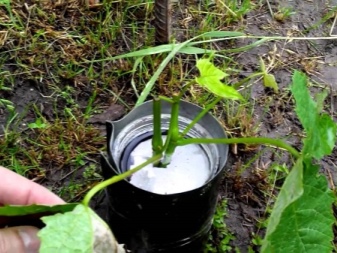
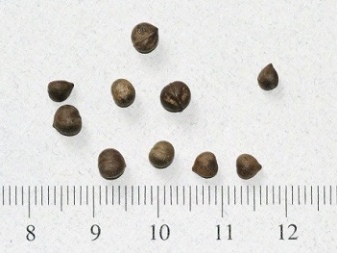
Diseases and pests
A vineyard grown both in the apartment and in the open field, quite often attacked by aphids, scale insects and whiteflies... In this case, the damaged parts must be eliminated, and then use insecticides. Of the diseases, it is likely development of rust, gray rot and fusarium... The infected parts are removed if possible, after which the entire vine is treated with a fungicide. If the plant is infected with a spotted mosaic, then it will not be possible to cure it, therefore, the vine must be immediately uprooted and destroyed, followed by processing of the soil. I must say that most health problems and the development of ampelopsis arise due to non-compliance with planting conditions and agricultural requirements.
For example, the cause of ailments may be high humidity, insufficient fertilization or a "neighboring" diseased culture... As a preventive measure, it is customary to treat the plant a couple of times a week against infections and pests, and also do not forget about organic methods of protection - for example, planting "neighbors" that scare away insects.


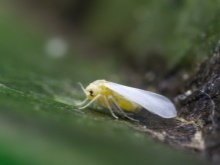
Use in landscape design
Although in nature the vine stretches up to 15 meters, as a rule, three-meter plants are involved in landscape design. They look most harmonious when they are used for vertical gardening of buildings, fences or special supports. No less spectacular are hedges used for fencing, zoning or hiding not particularly attractive objects on the site. It is also worth using a vineyard as a background for a rock garden, a rose garden, a flower garden or a multi-level flower bed.
Culture is indispensable for decorating gazebos, attics or porches.
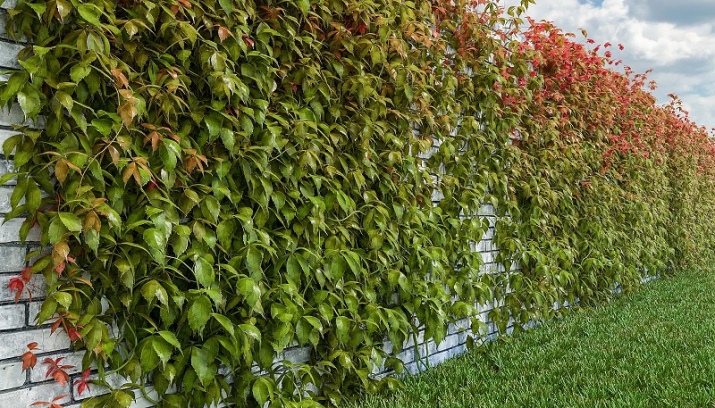
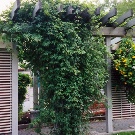

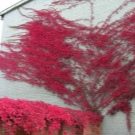
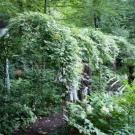

In the next video, you will find more information about the vineyard.



































































The comment was sent successfully.